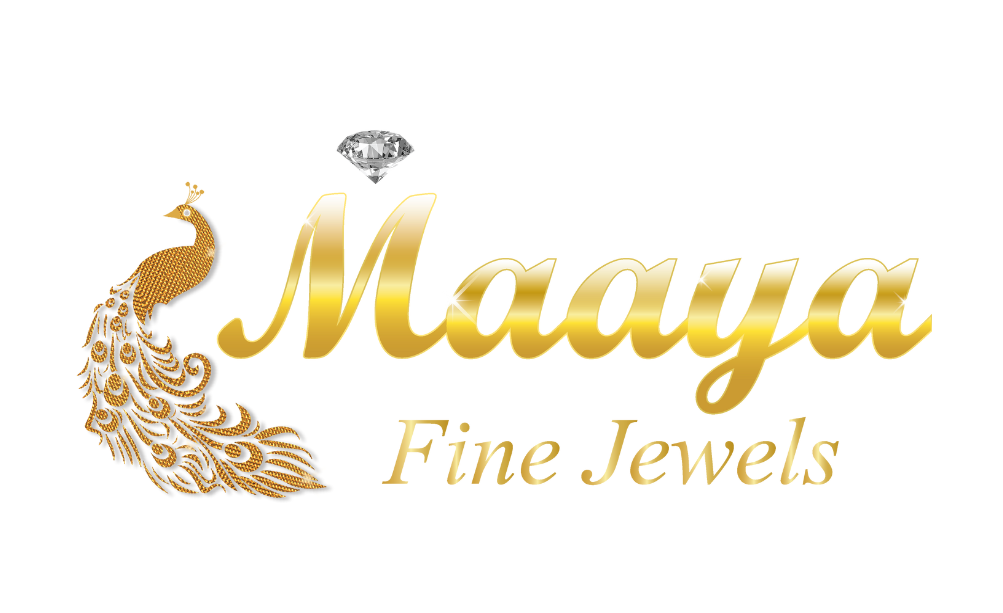Mangalsutra has colossal significance in Hindu culture and customs. It is an adornment (all the more explicitly an accessory) worn by ladies to mean marital status. In India, Hindu wedded ladies wear it as a promising string of love and goodwill. Consequently, the husband ties the Mangalsutra around the lady of the hour's neck during the wedding ceremonies is viewed as a hallowed Hindu custom.
The sacred thread, worn for ages and unquestionable requirement worn in numerous communities, is an impression of countless feelings. For the people who wear it generally, it is the most loved jewelry whose worth is precious, and where it was purchased from didn't make any difference whatsoever. Diamond Mangalsutra and gold Mangalsutrahave become a preference of several Hindu ladies.
History of Mangalsutra
From its beginnings in the Indus Valley 5000 years prior, the Mangalsutra has advanced through the ages and become a fundamental piece of a lady of the hour's wedding linen. Mangalsutra started with finely turned cotton that was changed over into a string. This sacred string was enhanced with fragile globules to add to its appeal.
As turmeric was found, the cotton string was dunked in it for its recuperating properties and was subsequently fashioned in gold and adorned with valuable dark and coral dabs to make the advanced Mangalsutra an essential piece of each marriage jewelry set.
The Mangalsutra tracks down references in stanzas across old texts. From the Soundarya Lahari composed by sage Adi Shankara to Saunaka Smriti written in the fifth century, it follows old India. Today, this excellent piece of wedding jewelry remains a sparkling image of both love and inheritance.
Symbolism of Mangalsutra
By all accounts, a Mangalsutra may very well resemble a piece of jewelry; in any case, it's significantly more than that. Worn as an image of marital status, it is a guarantee made by the spouse to the wife of remaining together until the end of time.
It likewise represents the association of two spirits (a couple) and safeguards them from all the evil on the planet. Consequently, to protect her married life and the existence of her better half, a Hindu wedded lady needs to wear Mangalsutra.
The Hindu culture likewise accepts that a lady wearing a Mangalsutra should never leave it behind until her significant other's passing. Furthermore, assuming that the string of the Mangalsutra breaks for reasons unknown, it is viewed as an awful sign.
Traditional Significance of Mangalsutra
The Mangalsutra is, for the most part, tied around the lady's neck threefold by the man of the hour. Three bunches represent three individual parts of a married lady - the main bunch addresses her compliance to her better half, the second to his folks, and the third addresses her regard for God.
Marriage is a ceremony that achieves an association of two characters into one, with the end goal of social expansion and the upliftment of the two through common co-activity. It is a rich legacy doused with the guarantee of endlessness. It conveys forward hints of a permanent past into the current that will ideally shape our days to come.
The Mangalsutra isn't the main chain the lady of the hour wears. She likewise wears around her neck as an issue of custom rather than a piece of jewelry that structures part of her linen.
However, this dominates among Maharashtrians; it is likewise important for marriage images in the south, in Karnataka, known as the Mangalsutra, varying from the Maharashtrian one.
Final Thoughts
A Mangalsutra isn't simply a piece of jewelry or a design adornment; it is an image of timeless love, regard, and trust that a couple shares. This is the reason why Mangalsutra is considered a symbol of eternal love. However, the traditional Mangalsutra is replaced by diamond Mangalsutra and gold Mangalsutra.







